Toddy Candy And Nectar
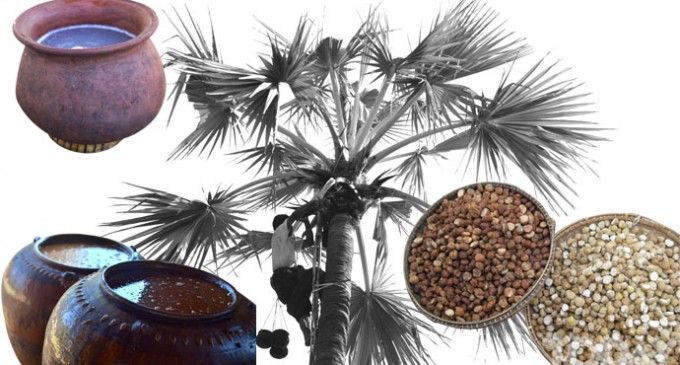
There are few trees which man needs in so many ways, more so in Myanmar as the toddy palm. She (may I liken her to a graceful damsel of the plains, a tall shapely beauty deserving of a feminine pronoun) is an endearing feature in the backdrop on the Myanmar landscape, and idyllic model for the artists and shutterbugs, an oasis offering a shady haven from the scorching heat of the arid plains of Central Myanmar. She is also an interesting subject in prose and poetry to enrich our literary knowledge, and riddles to bring giggles to young and old alike. Just sample a ticklish one, seemingly bordering on the naughty but which actually is not, to quote from a famous essayist in English the late Daw Khin Myo Chit:
”When young the skirt she will wear,
Growing she casts off to stand naked and
bare, Who is she?”
Hey…hey…not a model by any chance?
Noting leery, begging your pardon! The riddle simply describes the stages of growth of ”she” the palm tree. When she first shoots out of the earth, little tapers of green, she resembles the parrot’s tails. When she grows a little taller she resembles a girl’s hand waving to her lover. When she grows to the height of six feet and above, her shapely form is skirted with stems implanted one upon another like many-tiered frills turned upwards, so bewitching as to earn the name of “Thameehla” or “beautiful daughter”. Then as she grows taller the skirt falls off. There lies the unraveling of the riddle, the perfect answer, ” the one who casts off her skirt when she grows up”. Ha . . .ha if it were not the palm.
The toddy palm grove, especially in the Central Myanmar regions is said to be a paradise offering welcome shelter and tranquility to many a weary traveller. But paradise it also is to the thirsty ones who seek her cool smooth solace, for its toddy udders (Htan No) as the juice-producing shoot is called, offers the delicious nectar from heaven through the stately palms.
Milking toddy juice is a high-risk venture calling for a high degree of skill, dexterity and cool confidence especially scaling sixty feet plus trunk. Witness the lowly toddy palm climber in his daily rounds beginning in the early hours of dawn. His tools of trade are simple: a sharp knife, a cluster of earthen pots blackened in open fire and a longyi to act as a loop, transported up and down the tapering trunk.
In a moment the climber hugs most lovingly at the trunk, tucking the longyi across his two feet like a loop. In another fleeting moment he is up and away, a tiny speck of a man crawling unendingly, swaying in the rhythm of the tree teased by the clear wind of the plains. As he nears the top where the palm fronds spread like a giant fan, there is a slender bamboo ladder leading to the juicy shoots. The earthen pots are placed directly under the sliced shoots so that the toddy juice trickles into the receiving pot. Strings are circled round the rim of the pot and tied firmly to the stem to withstand the wind.
The toddy climber checks the pots, and unties the ones filled with milky nectar. Then he replaces them with the empty ones for the next day’s rounds. Then he trims the shoots with his sharp knife for unclotted flow. Tucking the pots around his waist he begins his descent. He delivers the pots of juice to his waiting assistant, takes another cluster of empty pots and climbs the next tree. Up and down, up and down he toils the whole morning, scaling the majestic trees, to complete the quota for the day. Meanwhile his family empties the contents into a larger receptacle and carries it to the market center to sell to the waiting customers.
There are many products made out of toddy juice. The principal fare, i.e. the today nectar (Htann yai), jaggery and its derivatives will be the theme of my present article.
Toddy Juice Products
Toddy palm plantation is a thriving commercial undertaking in Central Myanmar. Jaggery, a popular sweet-meat akin to candy, is the major product derived from toddy juice. Toddy juice is poured into big cauldrons and boiled on huge open fire and stirred until it becomes a sticky dough. Then it is cooled and moulded into the shapes desired. Enterprising candy markers add sesame seeds, shredded coconuts or ground plums to offer a variety of flavours.
The jaggery candies with its distinct flavour and taste are relished by young and old, village folks and urbanites, venerable monks, nuns and laymen. The Buddhist order of the Sanghas uphold lifelong precepts one of which exhorts abstention from partaking solid foods from noon to early dawn of the next day, lasting 17 hours. However the holy monks can take a jaggery or two as medicine. So can the lay persons and nuns who also observe the advanced precepts.
Toddy syrup is also another important product obtained by boiling the toddy juice. This syrup forms an essential ingredient in preparing Myanmar indigenous traditional medicines. These medicines have been in existence since the olden days of the Myanmar kings, and is widely used side by side with western patent medicines.
Jaggery syrup has other medicinal values too. Thin syrup flavoured with green betel leaves is a sure cure for seasonal colds and slight fevers, when taken hot. Jaggery crushed and fired with oil is a welcome diet for minor stomach upsets in children.
Jaggery earns a respectable place in the popular Myanmar snacks, even preferred over sugar because of its special aroma and extra sweetening effect. There are a wide variety of snacks, tasters, relishes: pancake, pudding, doughnut soaked in syrup, dumplings stuffed with a small chip of jaggery, etc. Pagoda festival in the countryside, especially at the open season after the monsoon are centres of such local snacks, a must, if I may suggest for visitors to Myanmar, to see us as we are, and enjoy our simple fare a-la-jaggery. For those who have tasted popcorn with maple syrup please try popcorn roasted with pure ghee and trickled with pure jaggery syrup. It’s simply delicious, believe me! Also, nothing is so…so satisfying to a typical Myanmar senior adult than a bite of jaggery after a rich Myanmar meal, gulped down with hot green tea, so…so heavenly, “sans equal” bien sure!
Toddy Nectar
As I have mentioned earlier, toddy palm groves amidst the parched plains of Central Myanmar is an oasis, proving refreshingly cool shelter to a weary traveller. Robust youths and adults, weary or not, just do not go into the palm groves only to rest. The better fare lies in wait, to soothe the heat and quench the parched palate. Herein at the foot of the stately groves is the nectar, drink of the gods, bounty of nature, with piquant taste and lingering tang, beckoning you to sit down on mother earth’s green grass carpet and enjoy.
The morning pot is ideally the nectar of the first order, scintillating with myriad colours of jay’s wing, bubbles popping like frisky shrimps, milky juice fresh, sizzling with a crest of white foaming froth. So tempting is its exotic taste that in the olden days certain choice palm groves were reserved exclusively for the royalty and the nobility of the times.
Food tastes best at its source, so the saying goes. Durians brings forth its true flavour when enjoyed in the plantations. Beer tastes best in the brewery, bringing me the memory of my visit of Schlitz Brewery in Milaukee USA and Dyer Meakin (now Mandalay) Brewery in Mandalay. Toddy juice in the same parlance tastes supreme in the palm grove, fresh, bubbling, in pristine form, not yet adulterated. Like-minded friends make toddy taste better. So with tantalizing tasters like roasted rabbit or fowl, fresh salad of onions, chilli and slices of lime, with the earthen pot taking the centre stage, it is really a revelry to remember.
In my younger days Omar Khayyam the renowned Persian poet kept me enthralled with his philosophy, to wit, love of wine and…er…what not. If he had tasted this nectar of the gods from our toddy grove, he might have eulogized them in his rubaiyats. For me these lines still give me the thrills as it had done many years ago, bemusing the hypnotic beauty of paradise.
./wp-content/uploads/2018/10/Emirate-Online-TDY.png)








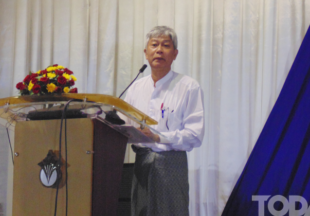
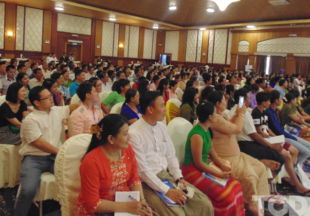



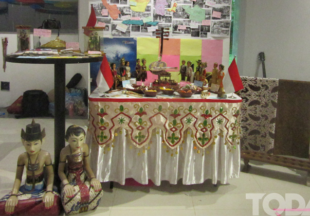

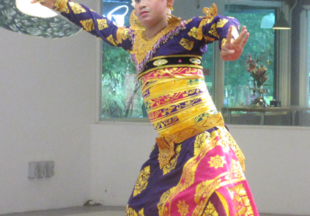

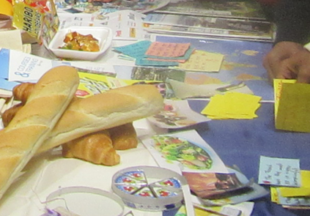










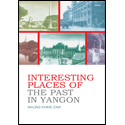


There are no comments at the moment, do you want to add one?
Write a comment